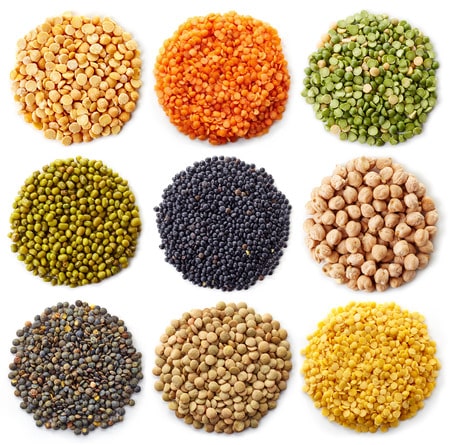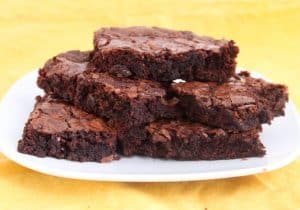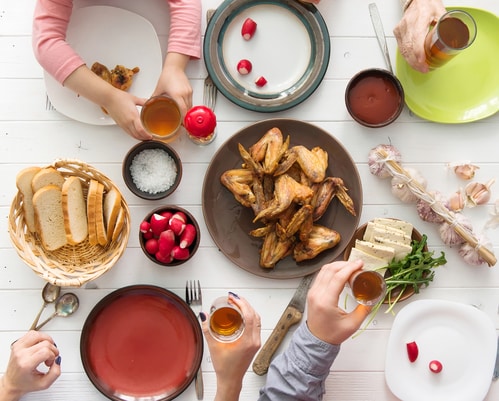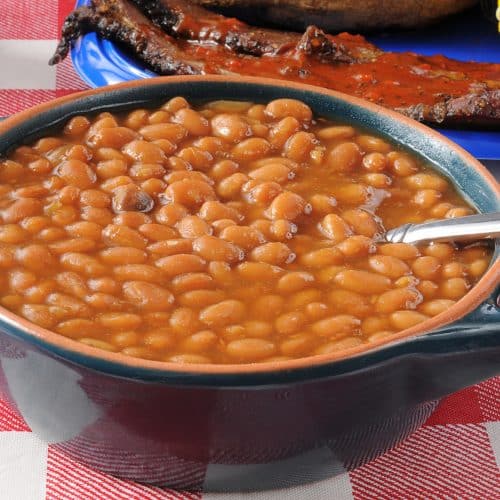
Are you full of beans? Well, from a nutritional standpoint, that’s a good thing!
July 3rd is National “Eat Your Beans” Day, which reminds us to include more legumes in our diets. Legume is a fancy word for edible seeds or fruit that grow in pods or the edible pods themselves. That definition includes thousands of different beans, lentils, and peas — everything from kidney beans to yellow lentils to peanuts as well as a multitude of legumes that most of us have never heard of but are common in other parts of the world.
As meat-loving Americans, we tend to eat legumes on a limited basis often in the form of peanut butter, baked beans, hummus, or maybe refried beans. But, legumes deserve a much bigger role in our diets. Here are 3 reasons why:
- Legumes can help with weight control. A cup of legumes provides about 1/3 of our daily recommended fiber. Fiber helps keep blood sugars more steady and helps us feel fuller longer, so we’re less likely to get hungry and grab a cookie.
- Most legumes are high protein, very low fat. One cup of lentils has 18 grams of protein and not quite 1 gram of fat, while one cup cooked skinless chicken breast has five times as much fat. But, most legumes — like other plant proteins — lack all the essential amino acids (the most basic form of protein), so it’s important to consume legumes with a whole grain or a dairy product to get all the amino acids you need. Examples of complementary protein legume dishes would be a peanut butter sandwich on whole wheat bread, red beans and rice, or refried beans topped with cheese.
- Legumes are cheap, cheap, cheap. Legumes carry a very low price tag, but they also can save us big bucks by taking the place of half of the beef, pork, or chicken called for in a recipe or completely replacing the animal proteins. Another money-saver: legumes are usually sold dried or canned, so they are shelf stable and not likely to wind up in the trash due to spoilage.
Legumes are so versatile, there are many inventive ways to add them to our diets. You can even use them in desserts like these no-sugar-added, flourless brownies.
Beanie Brownies

Ingredients
4 large eggs
1/2 cup granulated Splenda
3 tablespoons dark unsweetened cocoa powder
2 tablespoons vegetable oil
1 teaspoon baking powder
1 teaspoon vanilla extract
1/2 teaspoon mint extract
15-ounce can black beans (drained, rinsed well)
Directions
Preheat oven to 350ºF.
Prepare an 8 inch square baking pan by spraying it with cooking spray. Set aside.
Mix all ingredients except beans in a food processor or blender.
Add beans and make sure to blend very well. Scrape batter into prepared pan.
Bake for 30 minutes or until toothpick comes out clean.
When cool, cut into 2 inch squares.
 Ellen Stokes, MS, RD, LD is an award-winning video producer, director, and writer in addition to being a registered dietitian. Ellen writes and creates videos about nutrition education, food safety, menu planning, grocery shopping, and healthful cooking on a budget. Ellen has worked with organizations and companies including WebMD, the Partnership for Food Safety Education, and the University of Georgia Food Science Department. Ellen formerly worked for CNN as a writer and producer and teaches food safety and nutrition for Georgia State University. Check her out on Twitter @EllenS_RD.
Ellen Stokes, MS, RD, LD is an award-winning video producer, director, and writer in addition to being a registered dietitian. Ellen writes and creates videos about nutrition education, food safety, menu planning, grocery shopping, and healthful cooking on a budget. Ellen has worked with organizations and companies including WebMD, the Partnership for Food Safety Education, and the University of Georgia Food Science Department. Ellen formerly worked for CNN as a writer and producer and teaches food safety and nutrition for Georgia State University. Check her out on Twitter @EllenS_RD.



